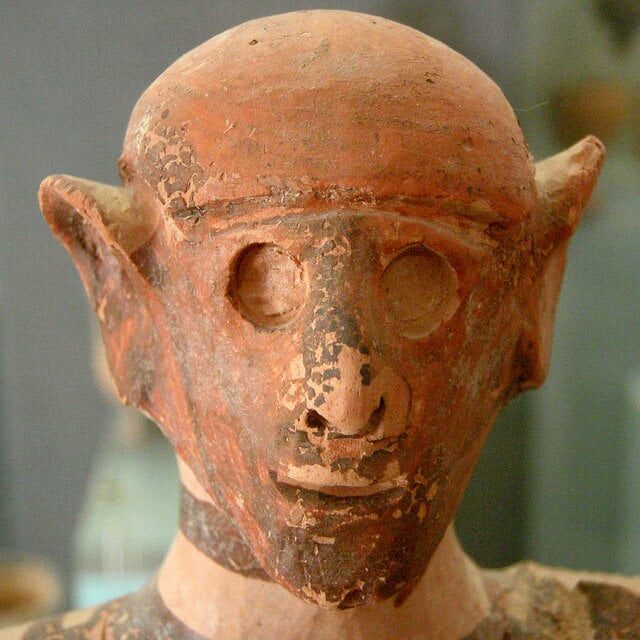
Below the table is a short list of comet sightings mostly from the Chinese records. These sightings could, possibly, be associated with a destructive event somewhere on the planet. This list is derived from Yeomans, Donald K. (1991), Comets: A Chronological History of Observation, Science, Myth, and Folklore, Wiley Science Edition.
- 633 BC, China: A broom star comet appeared in Auriga with its tail pointing toward Shhu State. (Ho, 4)
- 613 BC, Autumn, China: A broom star comet entered the constellation of the Great Bear. (Ho, 5)
- 532 BC, Spring, China: A new star was seen in Aquarius. (Ho, 6)
- 525 BC, Winter, China: A bushy star comet appeared in the winter near Antares. (Ho, 7)
- 516 BC, China: A broom star comet appeared. (Ho, 8)
- 532 BC, Spring, China: A new star was seen in Aquarius. (Ho, 6)
- 525 BC, Winter, China: A bushy star comet appeared in the winter near Antares. (Ho, 7)
- 516 BC, China: A broom star comet appeared. (Ho, 8)
- 500 BC, China: A broom star comet was seen. (Ho, 9)
- 482 BC, Winter, China: A bushy star comet appeared in the east. (Ho, 10)
- 481 BC, Winter, China: A bushy star comet was seen. (Ho, 11)
- 480 BC, Greece: At the time of the Greek battle of Salamis, Pliny noted that a comet, shaped like a horn (ceratias type), was seen. (Barrett, 1)
- 470 BC, China: A broom star comet was seen. (Ho, 12)
- 467 BC, China, Greece: A broom star comet was seen. This event is often but incorrectly, attributed to comet Halley. This is the comet that Plutarch noted appearing prior to the falling of the meteorite at Aegospotami, Greece. (Ho, 13), (Barrett, 4)
- 433 BC, China: a broom star comet was observed. (Ho, 14)
- 426 BC, Winter, Greece: a comet appeared in the north around the time of the winter solstice. (Barrett, 4)
- 373-372 BC, Winter, Greece: A comet was seen in the west at the time of the great earthquake and tidal wave at Achaea, Greece. From the Greek descriptions of the comet's motion, Pingre infers that its perihelion was located in Virgo or Libra and that its perihelion distance was quite small. Pingre considers this comet to be the one the Greek Ephorus reported to have split into two pieces. The accounts given by Aristotle and Seneca suggest the comet was seen in the winter of 373-372 BC while the account of Diodorus Siculus, an historian of the second half of the first century BC, suggests the comet was seen in the following year. (Barrett, 5)
We ended the previous post with a discussion of the works of Homer and their curious affinity to the Epic of Gilgamesh. We noted that, even though there is this connection, the world of Homer does not describe the reality of the Hittite Empire nor the other Mesopotamian empires; neither does it describe the realities of the Greek City states which emerged from the Greek Dark Age. Rather, it describes a world much like that of the Eurasian Steppes.
The Greek Dark Ages are described as the period of Greek history from the end of the Mycenaean palatial civilization, around 1100 BCE, to the beginning of the Archaic age, around 750 BCE. It was long thought that all contact was lost between mainland Hellenes and foreign powers, and classical scholars saw the development of Greek civilization as an independent, isolated phenomenon. But, as we have noted throughout the previous text, the similarities between Greek myths and Mesopotamian myths are manifold. Important as well was the influence of Babylonian science on the development of Greek thought, especially mathematics. The "Pythagorean Theorem" was known by the Babylonians a thousand years before Pythagoras, it seems.
After the widespread upheavals and devastation at the end of the Bronze Age, some modest urban centers appear to have survived in pockets, notably, Cilicia and Syria. The strong traditions of the Indo-European Hittite and Southern Babylonian Empires continued to dominate them both. The Hittite style was most notable for its monumental sculpture and the Hittite hieroglyphic script which continued to be used at Karatepe until almost the end of the 8th century BC; it was used for a language of the Hittite family called Luwian.
The cities of what we now know as southern Syria such as Sidon, Tyre and Byblos, and a group of western Semites called Phoinikes by the Greeks, emerged more strongly during this time and expanded their sea-trade which included Cyprus and Crete. The driving force of this activity appears to have been the search for metals but the side effect was the spreading of the Phoenician alphabet. It was after the collapse and disappearance of the other writing forms that the Greeks adopted the Phoenician script and adapted it to Greek phonetics. The earliest evidence for this dates to the first half of the 8th century BC. Notable also is the fact that this new Greek writing system followed the older model of the ancient linear A and B scripts of the early Greeks (dating back to the 11th century BCE) which wrote from left to right, or even alternated direction from line to line, called bustrophedon (as the ox plows). This is also common in late Hittite hieroglyphics and in some Phoenician documents, while Semitic writing in Aramaic, Arabic and Hebrew, is persistently from right to left.
The fist examples of this new Greek script appear in Euboea, Naxos, Pithekoussai, and Athens. Certain place names reflect this activity, such as Soloi, which means "metal ingots", and Chalkis which means "bronze-home" and Tarshish which means "foundry". A verse in the Odyssey has a fellow named Mentes traveling from the Taphos island in the Ionian Sea, to trade a cargo of iron for bronze. (Odyssey 1.184.) One naturally wonders if the development of the Iron Age was triggered by the easy availability of iron meteorites that may have been falling liberally prior to this time?
So, things were stirring and it is clear that, for some, they were stirring in the direction of more and better munitions.
It appears that Assyria was one of the few ancient powers that stumbled along following the collapse of the Bronze Age civilization. Oh, certainly, it was affected and was in something of a decline for the next 250 years or so, but somehow it seems to have managed to survive and, in comparison to surrounding areas, it maintained its monarchy and defended its borders successfully during those terrible times. They adopted the policy of staying small and concentrating their energies on a well-trained and equipped military force to defend themselves against marauders.
Assyrian efforts were also put into revitalizing the trade routes in eastern Syria, southeastern Asia Minor, central Mesopotamia and northwestern Iran. Meanwhile, the Phrygians of northern Anatolia began to take over the area of their fellow Indo-European Hittites, while Urartians (Armenians), began to emerge in the Caucasus; Cimmerians, Colchians, and Scythians thrived around the Black Sea.
In Assyria, after the death of Ashur-Dan, Adad Nirari II ascended the throne with imperialistic ambitions. He conquered and deported the problematic Arameans, Neo-Hittites and Hurrians to far off places which could have included Greece and even Italy. His successor, Tukulti-Ninurta II (891-884 BCE) continued the expansion. Same for Ashurnasirpal II (883-859 BCE). He pushed the boundaries of the growing empire to the Mediterranean.
Shalmaneser III (858-823 BCE) was next and he continued the empire building process. He had to fight the Battle of Qarqar against an alliance of 12 nations including Egypt, Israel, Hamath, Phoenicia, the Arabs, Arameans, and neo Hittites among others (obviously, people were not happy with the Assyrians). His armies mastered regions as distant as the Caucasus, Lake Van and the Taurus Mountains; the Hittites of Carchemish were compelled to pay tribute, and the kingdoms of Hamath and Aram Damascus were subdued. In 831 BCE the Georgian kingdom of Tabal submitted to him. In addition to his imperial expansions, he consolidated Assyrian control over the regions already conquered by his predecessors, and by the end of his 27 year reign Assyria was master of Mesopotamia, the Levant, western Iran, Israel, Jordan and much of Asia Minor.
After the death of Shalmaneser III, the story becomes a tedious one of greed and civil wars and rebellions of subdued people - the same story that is told of any empire at any time. Cities and nations that had been "pacified" erupted regularly in rebellion. Multiple heirs fought amongst themselves for power. Skipping a few rulers (including the short reigning Queen Semiramis), Ashur-Dan III ascended the throne in 772 BCE but turned out to be weak and ineffectual. The result was internal rebellions and, interestingly, an outbreak of Plague and a report of a frightening Solar Eclipse both of which are often associated in ancient reports with cosmic disasters. (See Mike Baillie's "New Light on the Black Death," 2006) Ashur-Nirari V succeeded him in 754 BCE, at which point rebellion and revolution had become an almost permanent feature of the empire. At this point, in 745 BCE, the Assyrian Tiglath-Pileser III, formerly a general and a governor, seized the Assyrian throne, killed the whole royal family, and initiated a new period of imperial expansion. T-P III reorganized the Assyrian army into a professional fighting force, and improved the civil administration of his empire, creating the basic template for all future ancient empires. It was at about this time that a report first mentions Ionians. One of the Assyrian officers wrote a dispatch saying: "The Ionians came. They attacked ... the cities ... in his ships ... in the middle of the sea." (Gaps due to fragmentary nature of the text.) [H. W. Saggs, Iraq 25 (1963) 76-78. Burkert (1992) p. 12.]
Assyria reached the height of its power in the reign of Sargon II (722-705) and the small, previously Hittite, states of Carchemish, Zincirli and Cilicia, became provinces of Assyria. In 708 BCE, the kings of Cyprus and Greek cities were paying homage and tribute to Sargon. The Assyrian empire was now stretched from the Caucasus Mountains to Arabia and from the Caspian Sea to Cyprus.
In addition to admiring Sargon of Akkad, Sargon II modeled his kingship after the legendary Gilgamesh. In several surviving texts, Sargon II's feats were implicitly compared to the legend known in his time from the Epic of Gilgamesh. In Sargon's inscriptions, the campaign against Urartu includes portions where it seems that Sargon is fighting not only the Urartians but also the landscape itself. A section where the mountains are described as if they are rising up as swords and spears to oppose Sargon's advance would probably have reminded Assyrian readers of a similar section in the Epic of Gilgamesh, implying that Sargon faced dangers equal to those of the ancient hero. A giant relief at Dur-Sharrukin depicts a muscular man holding a lion to his chest. Though the relief bears no inscription that proves its identity, scholars generally identify it as a depiction of Gilgamesh.
In 705 BC, Sargon, probably in his sixties, led the Assyrian army on a campaign against King Gurdî of Tabal in central Anatolia. The campaign was disastrous, resulting in the defeat of the Assyrian army and the death of Sargon, whose corpse the Anatolians carried off. Sargon's death made the defeat significantly worse because the Assyrians believed the gods had punished him for some major past misdeed. In Mesopotamian mythology, the afterlife fate suffered by those who died in battle and were not buried was terrible, being doomed to wander and suffer like beggars for eternity.
Sennacherib's (705-681 BCE) reaction to his father's fate was to distance himself from Sargon. He immediately abandoned Sargon's great new capital city, Dur-Sharrukin, and moved the capital to Nineveh instead. One of Sennacherib's first actions as king was to rebuild a temple dedicated to the god Nergal, associated with death, disaster and war, at the city of Tarbisu. Sennacherib was superstitious and spent a great deal of time asking his diviners what kind of sin Sargon could have committed to suffer the fate that he had. Sennacherib spent much time and effort to rid the empire of Sargon's imagery. Sargon is never mentioned in Sennacherib's inscriptions. Sargon II's death in the battle and the disappearance of his body inspired rebellions across the Assyrian Empire. Sennacherib suppressed a rebellion in Tarsos in 696 BCE and, according to Berossos, the Greeks engaged in a sea battle with the Assyrians and were defeated at this time.
Sennacherib is most famous for the role he plays in the Hebrew Bible which describes his campaign in Judah and regions surrounding. The Bible says that an angel destroyed the Assyrian army but that was apparently not true since Hezekiah submitted to Sennacherib at the end of the campaign. Sennacherib's account of what happened at Jerusalem begins with "As for Hezekiah ... like a caged bird I shut up in Jerusalem his royal city. I barricaded him with outposts, and exit from the gate of his city I made taboo for him." Thus, Jerusalem was blockaded in some capacity, though the lack of massive military activities and appropriate equipment meant that it was probably not a full siege. According to the Biblical narrative, a senior Assyrian official with the title Rabshakeh stood in front of the city's walls and demanded its surrender, threatening that the Judeans would 'eat feces and drink urine' during the siege.The account of the blockade erected around Jerusalem is different from the sieges described in Sennacherib's annals and the massive reliefs in Sennacherib's palace at Nineveh, which depict the successful siege of Lachish rather than events at Jerusalem. It seems clear, however, from available sources, that a massive Assyrian army was encamped in the vicinity of Jerusalem. The blockade ended without significant fighting though what stopped Sennacherib's massive army from overwhelming the city is uncertain. The Bible says that an entity referred to as the destroying angel, sent by Yahweh, annihilated Sennacherib's army, killing 185,000 Assyrian soldiers in front of Jerusalem's gates. The ancient Greek historian Herodotus describes the operation as an Assyrian failure due to a "multitude of field-mice" descending upon the Assyrian camp, devouring crucial material such as quivers and bowstrings, leaving the Assyrians unarmed and causing them to flee. Some experts think that the story of the field mice is an allusion to some kind of plague striking the Assyrian camp. The battle is considered unlikely to have been an outright Assyrian defeat, especially because contemporary Babylonian chronicles, otherwise eager to mention Assyrian failures, are silent on the matter. Otherwise, the Assyrian campaign in the Levant was largely successful. Hezekiah paid an even heavier tribute and Sennacherib granted substantial portions of Judah's land to the neighboring kingdoms of Gaza, Ashdod, and Ekron.
Essarhaddon (681-669 BCE) got tired of the Egyptians' continual rabble rousing so he marched across the Sinai desert and conquered Egypt, and destroyed the Kushite empire. He completely rebuilt Babylon and, more-or-less, via threat and intimidation, achieved a sort of peace.
His successor, Ashurbanipal (669 — 629 BCE), the "most splendid king of Ninevah", like his fathers before him, was also called "king of the universe" and was remembered by the Greeks as Sardanapallos. He built vast libraries and initiated a surge in the building of temples and palaces. In a unique autobiographical statement, Ashurbanipal specified his youthful scholarly pursuits as having included oil divination, mathematics, and reading and writing. According to legend, Ashurbanipal was the only Assyrian king who learned how to read and write. "I Assurbanipal within [the palace], took care of the wisdom of Nebo, the whole of the inscribed tablets, of all the clay tablets, the whole of their mysteries and difficulties, I solved." ["Cylinder A, Column I, Lines 31-33," in Smith, George. History of Assurbanipal, Translated from the Cuneiform Inscriptions. London: Harrison and Sons, 1871: p. 6] He was one of the few kings who could read the cuneiform script in both Akkadian and Sumerian, and claimed that he even read texts from before the great flood.
During his reign, Ashurbanipal collected cuneiform texts from all over Mesopotamia, and especially Babylonia, to place in the library of Nineveh. There have been over 30,000 clay tablets uncovered giving archaeologists a wealth of Mesopotamian literary, religious and administrative material. A large selection of "omen texts" have been excavated and deciphered. Marc Van de Mieroop points out the Enuma Anu Enlil was a popular text among them: "It contained omens dealing with the moon, its visibility, eclipses, and conjunction with planets and fixed stars, the sun, its corona, spots, and eclipses, the weather, namely lightning, thunder, and clouds, and the planets and their visibility, appearance, and stations." [Van De Mieroop, Marc (2007). A History of the Ancient Near East ca. 3000-323 BC. Oxford: Blackwell Publishing. p. 263.] Other genres found during excavations included standard lists used by scribes and scholars, word lists, bilingual vocabularies, lists of signs and synonyms, lists of medical diagnoses, astronomic/astrological texts. The scribal texts proved to be very helpful in deciphering cuneiform. [Roaf, M. (2004). Cultural Atlas of Mesopotamia and the Ancient Near East. p. 191.] The library was, apparently, a manifestation of the value Ashurbanipal put on the preservation of Mesopotamian literature and culture.
The very fact that Ashurbanipal engaged in the enormous project of building his library and furnishing it with texts that needed reading, copying, filing, and more, suggests that a call went out for scholars and scribes who could do this work. Aramaic "scroll scribes" were brought in to serve under the venerable "tablet scribes. Both classes enjoyed privileges and high rank. The administration of the Assyrian empire was run on two languages utilizing two scripts. There must have been a growing and spreading awareness of the literature of the past as more and more scholars and librarians were trained throughout Ashurbanipal's long reign. There was also, obviously, a growing awareness of the value of reading and writing in general which must have spread everywhere.
I would like to suggest that this was more likely to have been the time when Homer's Iliad and Odyssey were written; possibly the works of Hesiod as well. I know this is later than the "experts" say, but then, the experts don't agree. The poems are in Homeric Greek, also known as Epic Greek, a literary language which shows a mixture of features of the Ionic and Aeolic dialects from different centuries; the predominant influence is Eastern Ionic. Scholars remain divided as to whether the two works (The Iliad and The Odyssey) are the product of a single author. It is thought that the poems were composed at some point around the late eighth or early seventh century BCE. Recall that it was during the reign of Tiglath-Pileser III (745 BCE) that we first hear of the Ionians and Homer was claimed to be a "blind bard from Ionia" which is on the coast of Anatolia/Turkey and definitely not in Greece proper, and thus likely to have come under the influence of the Assyrians. Most experts today say that the Iliad and the Odyssey were not even written by the same author though they do agree that they are each unified poems, likely each composed mostly by a single author who probably relied heavily on older oral traditions. The only problem with that is the sometimes word-for-word similarity to the Epic of Gilgamesh. Thus, I think my proposal has merit: the poems were written by someone with language skills who had, at some point in time, access to the library of Ashurbanipal who reigned 669 — 629 BCE. This is even more likely when we consider what happened next.
Peoples in areas out of reach of this imperial domination were growing and thriving and getting ever more hostile toward Assyria. When Ashurbanipal died in 629 BCE, after a reign of 38 to 42 years, civil wars erupted within Assyria amongst claimants to the throne. These civil wars drained Assyria of its wealth and manpower. Very likely many of the most highly trained craftsmen and scholars fled the country, taking refuge elsewhere. At the same time, the devastated lands and lower classes could no longer supply the agricultural and tax needs of the empire. There weren't enough people left to farm and provide troops. Then, the Medes, the Persians, Babylonians, Scythians and Cimmerians, all came against Assyria over a period of the next few years and finally it was all over by about 605 BCE..
The importance of this brief run-down of the emergence of the Assyrians as the first empire arising after the Dark Ages is the effect it had on Greece and Rome. This effect was that of a bridge between the ancient Hittite and Babylonian Empires and the Greek Empire that was soon to emerge. During the time the Assyrians were stomping around and imperializing, there were many, many individuals and groups from the various places that were conquered by the Assyrians that became refugees to other lands taking their skills and culture with them. Many of them went to Greece and other areas of the Aegean, and still others may have traveled to Italy and the coasts of the Adriatic. Some of these, after mixing and mingling with indigenous peoples, may have become known as the Etruscans whom Herodotus thought came from Asia Minor. Recent DNA work on cattle linkages suggest he may have been right.
Of course, Herodotus said that they emigrated to Italy from Lydia about 1200 BC because of the famine that was raging at the time. My thought is that they certainly could have arrived in Italy by stages throughout that dark period. Finally, when the Assyrian Empire descended into civil war and began to break apart, it is altogether likely that the scribes and craftsmen, and professionals of all kinds, fled, so there would have been an influx of these foreigners to various places at that time, including Greece, especially, due to its location.
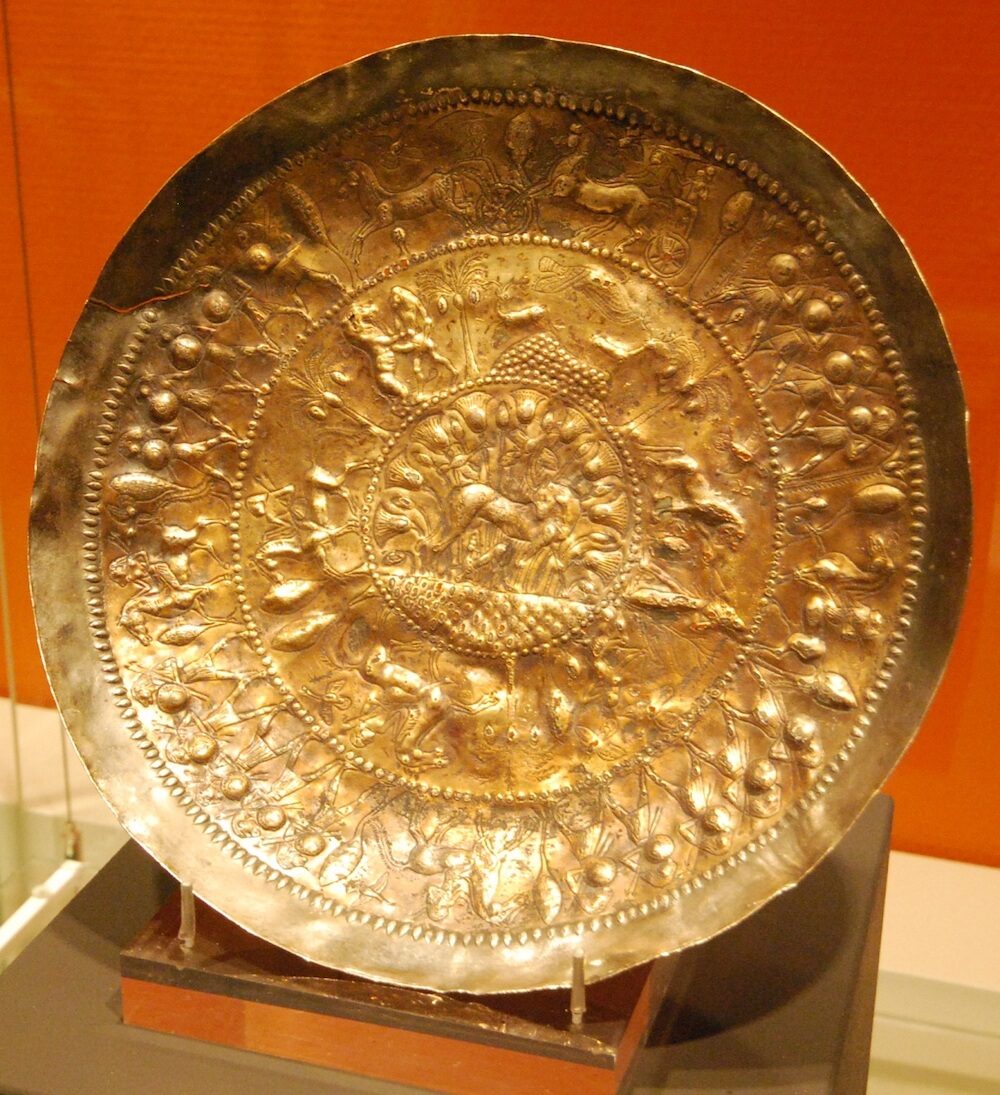
The earliest signs of the re-emergence of life in Greece after the death and destruction that brought on the Dark Age, is the presence of imported trade goods that show up in the archaeological record as early as the 10th and 9th centuries BC. The numbers of foreign goods from eastern sources found in Greek areas increase during the 8th and 7th centuries. Jewelry, Cilician seals, amulets, tombs containing grave goods in Assyrian and Egyptian styles, and more, have been found at Olympia, Samos and Delos. Metal work was also widely traded and Phoenician metal craters have been found in Athens, Olympia, Delpi, the Greek colonies of southern Italy, and in Etruria, Italy. All of the great sacred sites of Delos and Delphi and Olympia, have revealed substantial archaeological finds of oriental objects. These artifacts could represent more than just trade; they could represent transfer of persons and skilled workers who made such things who had fled the rampaging Assyrians. One thing that happens again and again when empires go metastatic and start depriving people of their rights and seeking to control every aspect of their lives: the best and brightest leave if they can, and those who can't suddenly forget what they knew because they do not wish to contribute to an ideologically hateful regime.
Religious iconography that was once purely Greek, changed under the Orientalizing influence. Babylonian-Hittite bronze statuettes of the warrior god waving his weapon in his right hand (remember the plasmoid thunderbolt) were found as early as the late Mycenaean period and after the emergence from the silence of the Dark Age, more of them were found and copied in the 8th century.
There seems to be no doubt that the typically "Greek" representations of Zeus and Poseidon with their representative thunderbolts and tridents, are based on the Hittite-Babylonian models. The representation of the thunderbolt, in particular, is dependent on this eastern model. The Syrian naked goddesses holding their breasts aloft as though aiming lethal weapons, however, were rather quickly dressed and made decent by the Greek transformations. The many masks that have been found dedicated in Greek sanctuaries, in particular at Ortheia's in Sparta, apparently derive from the Humbaba/Huwawa masks.
Above all, the construction of large altars for the sacrifice of victims, and the construction of large temples as the homes of the gods, was an oriental influence. Prior to the 8th century, there do not seem to have been any Greek temples to provide homes for their gods. [Walter Burkert (1992) The Orientalizing Revolution: Near Eastern Influence on Greek Culture in the Early Archaic Age. Harvard University.]
In ancient times, craftsmen were notable for their mobility thanks to their needed skills. There are several accounts of one king or another sending a message to another ruler asking for teams of architects, builders and metal-artisans to be lent and/or sent. This is recorded in the Bible in the story of Solomon and the King of Tyre though it is likely that the historical event belonged to a different people since Solomon was not historical. What is interesting is that Tyre was a Phoenician city and they do appear to have been the acknowledged extraordinary craftsmen of their day.
Solon, according to Plutarch, encouraged the immigration of craftsmen to Athens and offered them benefits. In some cities, they were offered immunity from taxes. Certain loan words relating to building made their way from the East to Greece. The Greeks apparently learned the art of building with blocks, bricks, lime, and plaster from the eastern craftsmen who either relocated by choice, or fled during the many Assyrian wars. This highlights the fact that the ability to erect the monumental buildings common to the Mycenaeans had been lost at the onset of the Dark Age.
The word solos for metal ingots can be traced directly to the late Hittites of Cilicia and the word cheironax meaning "lord of hands," is apparently transliterated from Hittite which gives some idea of the esteem with which skilled builders and artificers were regarded. [Burkert (1992) op. cit. p. 39.] The characterization of builders as "sons of craftsmen" was also a concept that came from Anatolia and Mesopotamia. Such skills were passed down in families though non-family apprentices were also taken on who then became "sons of" the particular craft. Usually, the techniques and skills were kept secret and guild-type organizations formed around such individuals.
By the 8th century BCE, there was Akkadian cuneiform writing, Phoenician, Aramaic and Greek alphabetic scripts, all able to produce a continuum of writings from the Euphrates to Italy. We know it existed, so what happened to it? It seems that, as contacts with Egypt became more frequent, the change to cheaper and lighter papyrus was made. This may have been as early as 660 BC. Still, cuneiform tablets are found from Syria to Cyprus and Tarsos though Aramaic and Greek script on papyrus began to be more frequently used. And this is the reason given for the catastrophic fact that the whole of ancient Aramaic and Phoenician literature has been lost thanks to the fact that it was written on a cheaper material.
The recovery of Greece was percolating along then, and communities had developed that were ruled by an elite group of aristocrats rather than by a single god-like king as had been the case in earlier periods. The Greek language combined with the Phoenician alphabet spread throughout the region and the Greeks began to colonize the Mediterranean.
Who the Greeks were, and where they came from, is an interesting question. [Drews, Robert (1988). The Coming of the Greeks: Indo-European Conquests in the Aegean and the Near East. Princeton University Press.] Certainly there must have been a few survivors in the areas of Greece itself but there was also a sudden upsurge of population and material goods that occurred c. 950 BCE, so somebody came from somewhere at that point in time!
The so-called "Dorian Invasion of Greece" [Hall, J.M. (2007). A History of the Archaic Greek World ca. 1200-479 BCE. Malden, MA: Blackwell Publishing.] was an event also known as the "Return of the Heracleidae". In addition to taking over the Peloponnesus, the Dorians colonized parts of Crete. The Greek words referring to the influx of the Dorians are katienai and katerchesthai, literally "to descend", "come down" or "go down" or, less commonly, "be brought down." It means a descent from north to south, uplands to lowlands, or from earth to grave, or rushing down as a flood, or sweeping down as a wind, or those who have returned from exile by ship. This sweeping down upon the Peloponnesus invited the English translation "invasion" though there is no evidence for an invasion as such. It was more likely a migration. The claim to be descendants of Hercules sounds a lot like King Shulgi claiming descent from Gilgamesh - just a political maneuver. Obviously, the mass destruction that ended the Bronze Age has contributed to the idea of an "invasion". Taking into account the events that can occur during and following a cosmic catastrophe, many things can be explained.
It is often cited as support for the "invasion theory", that the Linear B tablets from the Mycenaean kingdom of Pylos described the dispatch of rowers and watchers to the coast; this can be explained by the need to watch the SKY, not the advance of human invaders. [Drews, Robert (1993). The End of the Bronze Age: Changes in Warfare and the Catastrophe Ca. 1200 B.C. Princeton University Press.] The Egyptian pharaoh was also expecting the arrival of foes that were never identified. The invasion theory falls flat when it is considered that there was the destruction about 1200 BCE, the whole area was then nearly deserted, and then only about 950 BCE does there begin to be noted changes: increase in population, simple pottery decoration, introduction of iron weapons, and changed in burial practices. [Mallory, J.P. (1991). In Search of the Indo-Europeans: Language, Archaeology and Myth. New York: Thames and Hudson. Blegen, Carl (1967), "The Mycenaean Age: The Trojan War, the Dorian Invasion and Other Problems", Lectures in Memory of Louise Taft Semple: First Series, 1961-1965, Princeton: Princeton University Press] Michael Wood suggests relying on tradition, especially that of Thucydides:
[L]et us not forget the legends, at least as models for what might have happened. They tell us of constant rivalries with the royal clans of the Heroic Age - Atreus and Thyestes, Agamemnon and Aigisthes, and so on .... [Wood, Michael (1987). In Search of the Trojan War. New York: New American Library.]That might be a good idea since, if the story of the Trojan war was really an account of cosmic battles, and Atreus, Thyestes, Agamenon and Aigisthes were just new names for comets, that is, names of real individuals who lived during those times who were conflated with the cometary activity, it would fit exactly. And maybe, following the destruction, there was only a gradual influx of refugees from other places, augmented now and then with a larger influx from areas in turmoil as later happened when Assyria fell.
When considering the early Greek philosophers, we notice the most peculiar fact that civilization, as such, needed to be re-created, re-thought, re-organized, which bears witness to the incredible destruction that must have brought on the Dark Age. All the ideas and discussions that went on amongst these groups are about creating laws, constitutions, social norms, and so on, when those things had been completely settled and well-known hundreds of years previously. But the Greek philosophers talk as though human society was just arising out of the slime of the primordial ocean and the memories of what existed and prevailed before was dim and partial, or at least, only based on the rather primitive life described in the Odyssey and Iliad.
My pop-culture imbued offspring have read Diogenes Laërtius' Lives of Eminent Philosophers with a great deal of amusement, often breaking out into uproarious laughter. They have pointed out that it's like reading Bill and Ted's Excellent Adventure, and they imagine Keanu Reaves and George Carlin speaking the lines. I'll be quoting or paraphrasing a bit here and there from Diogenes, but not so much on the philosophical ideas as the scientific ones, mostly assembling the facts and data following the ideas of Bailey, Baillie, Clube and Napier. I may also include a longer section in respect of the Stoic philosophers, who I suspect preserved some of the ancient knowledge of the reality of cometary bombardment and periodic destruction.
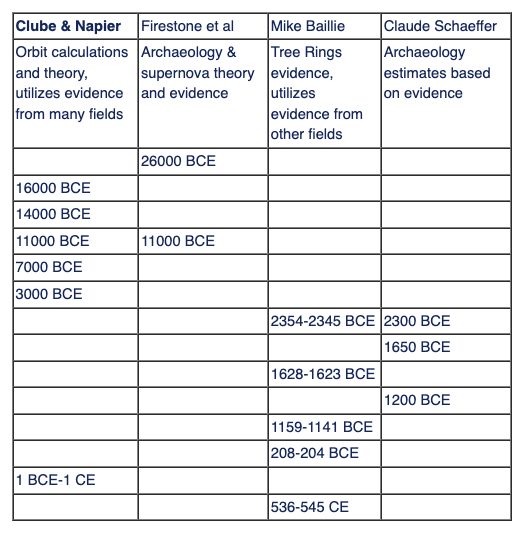

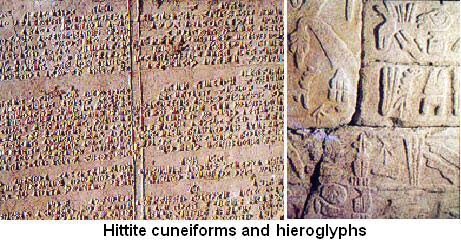
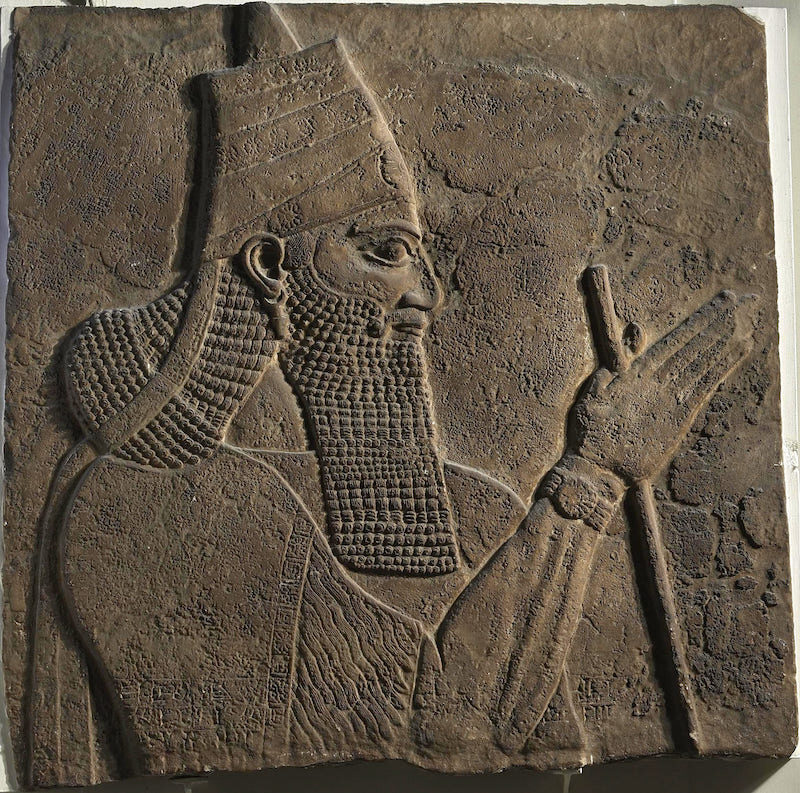
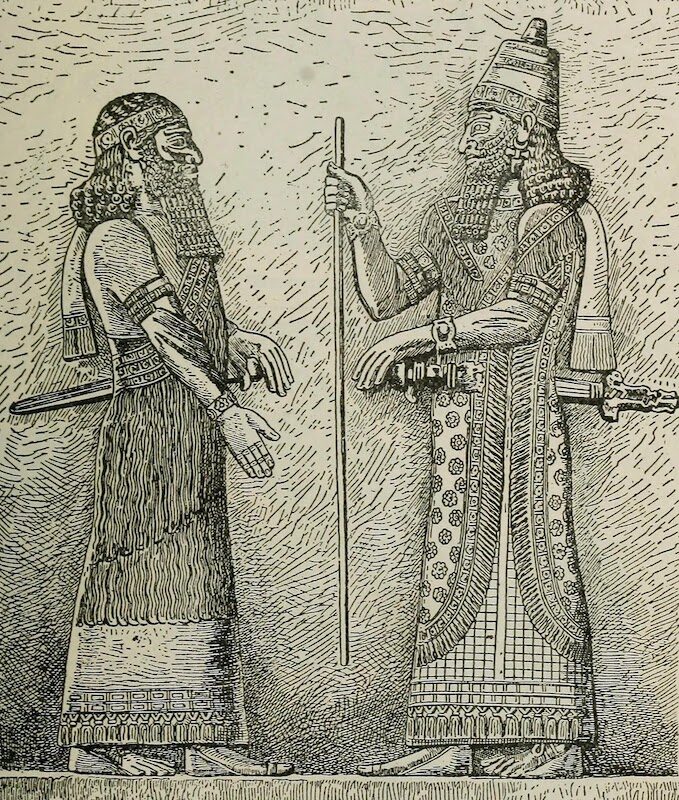
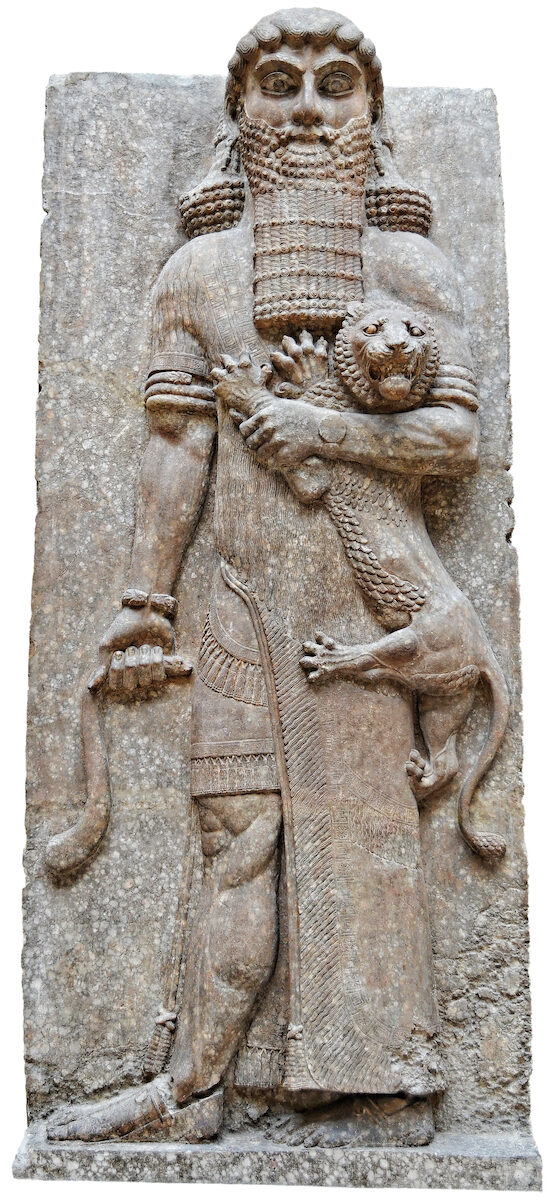
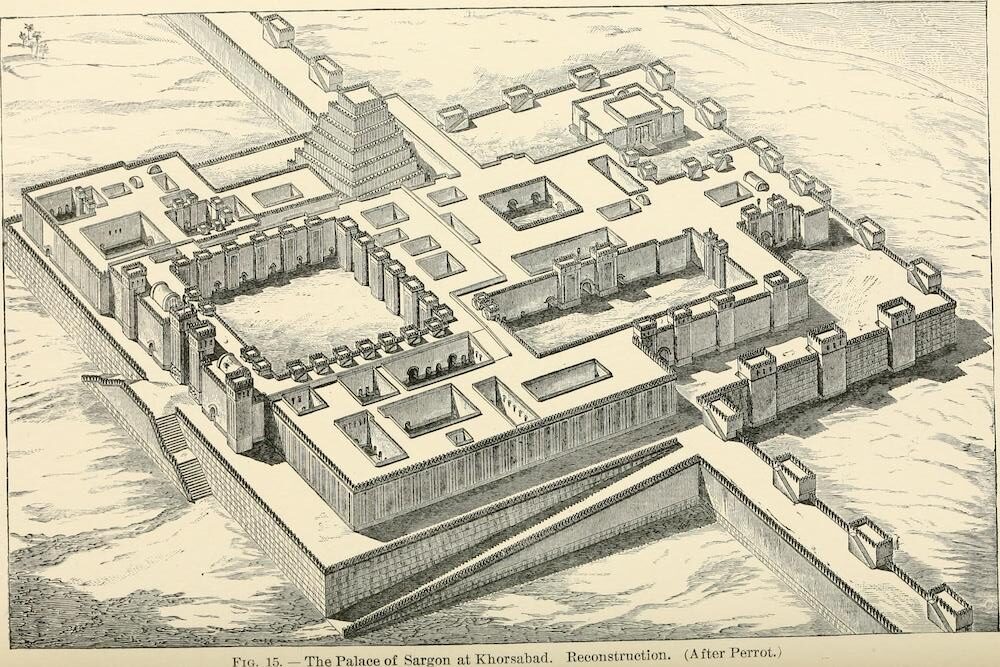
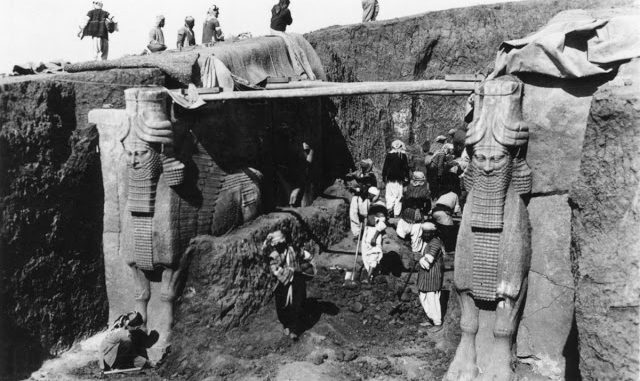
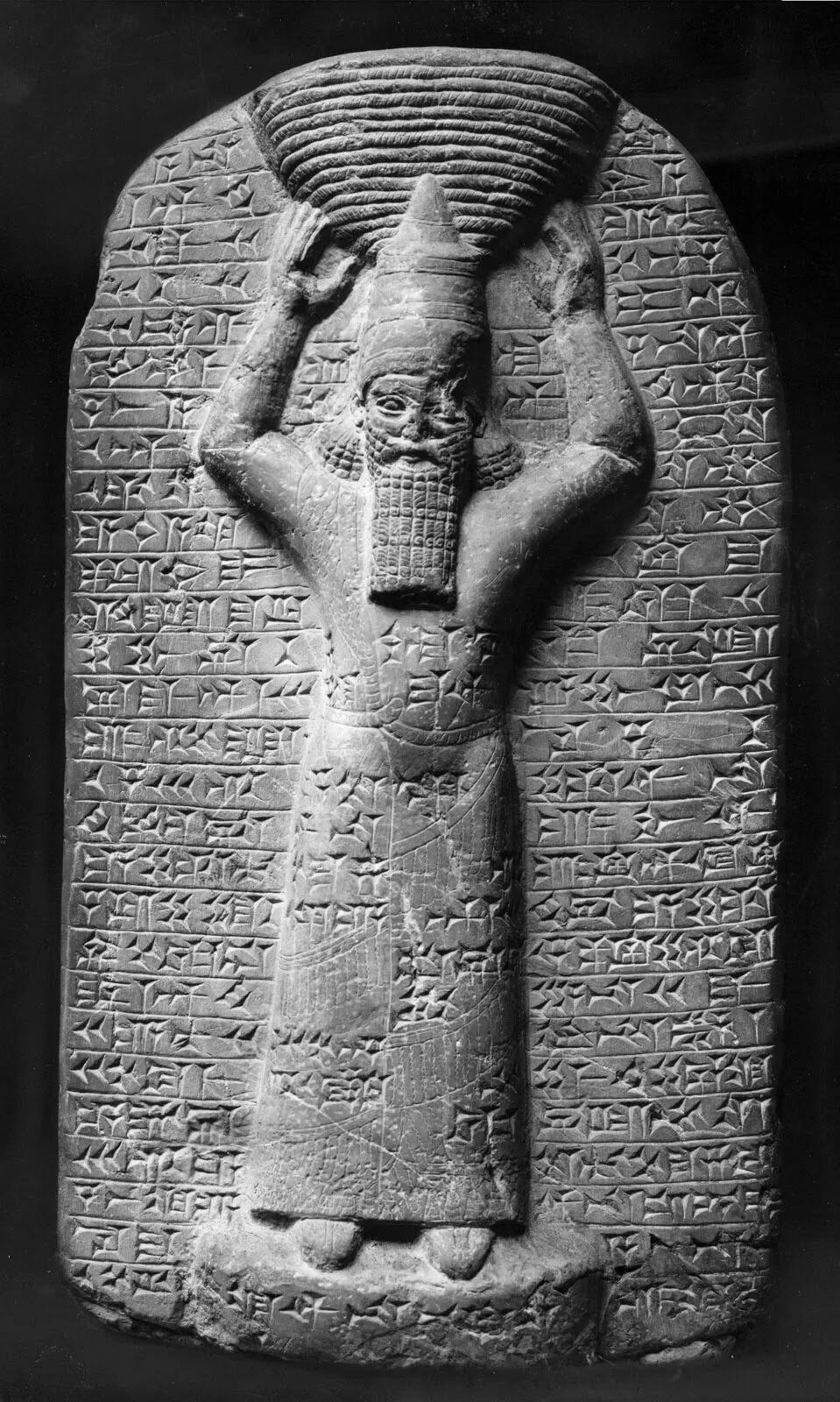
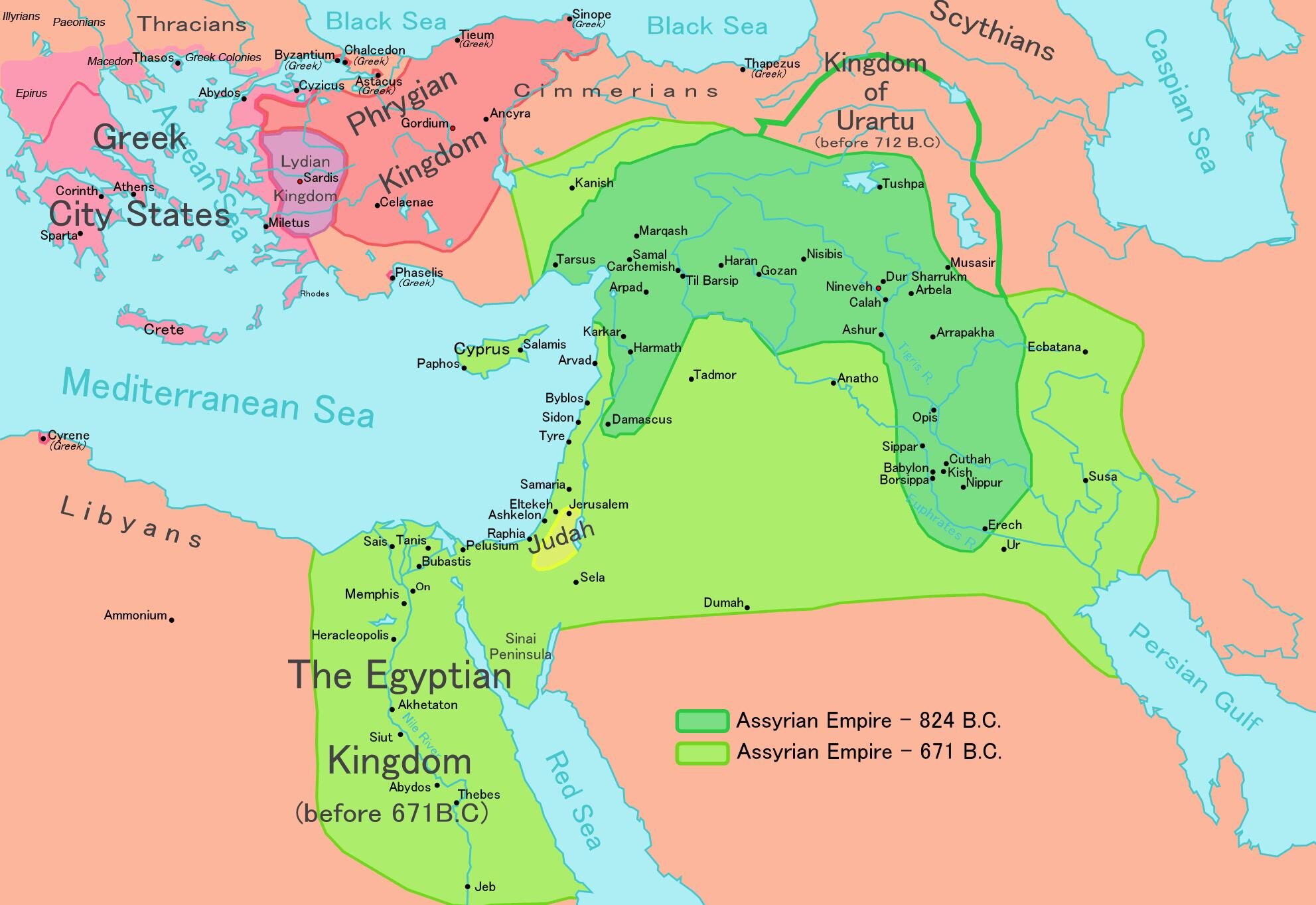
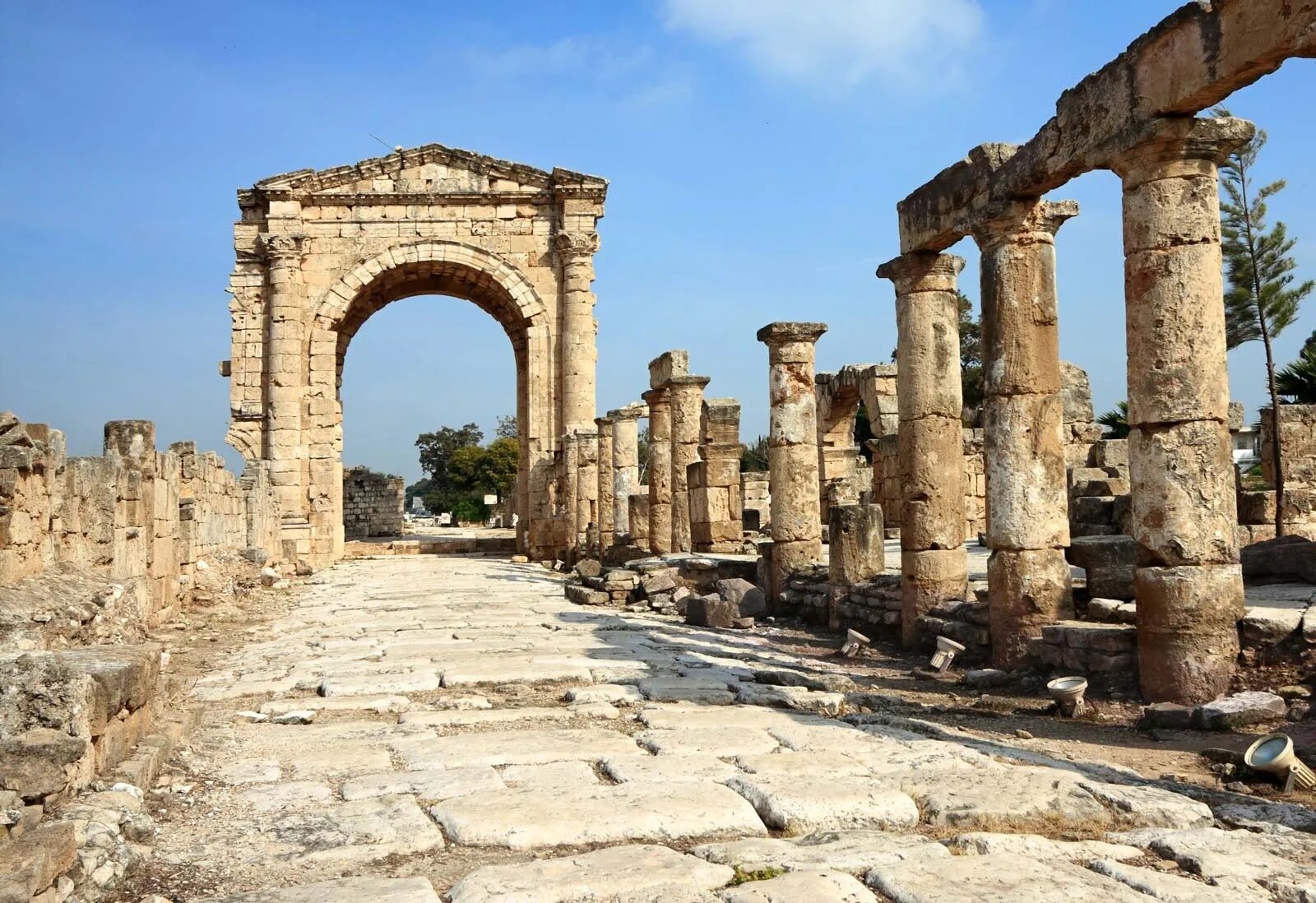

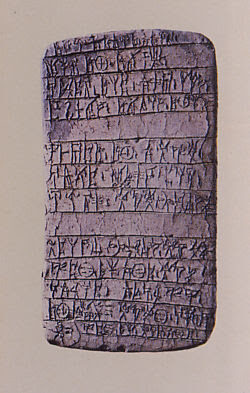
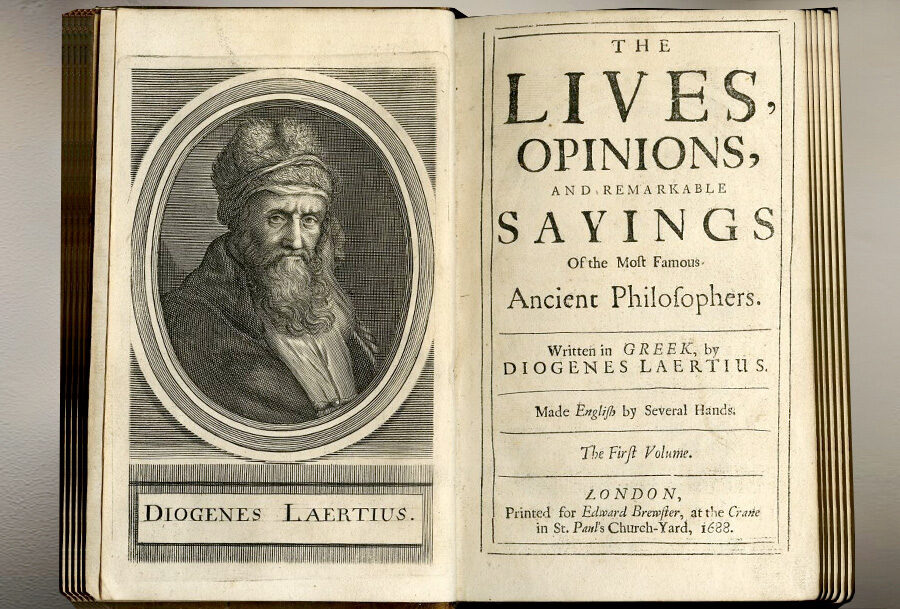
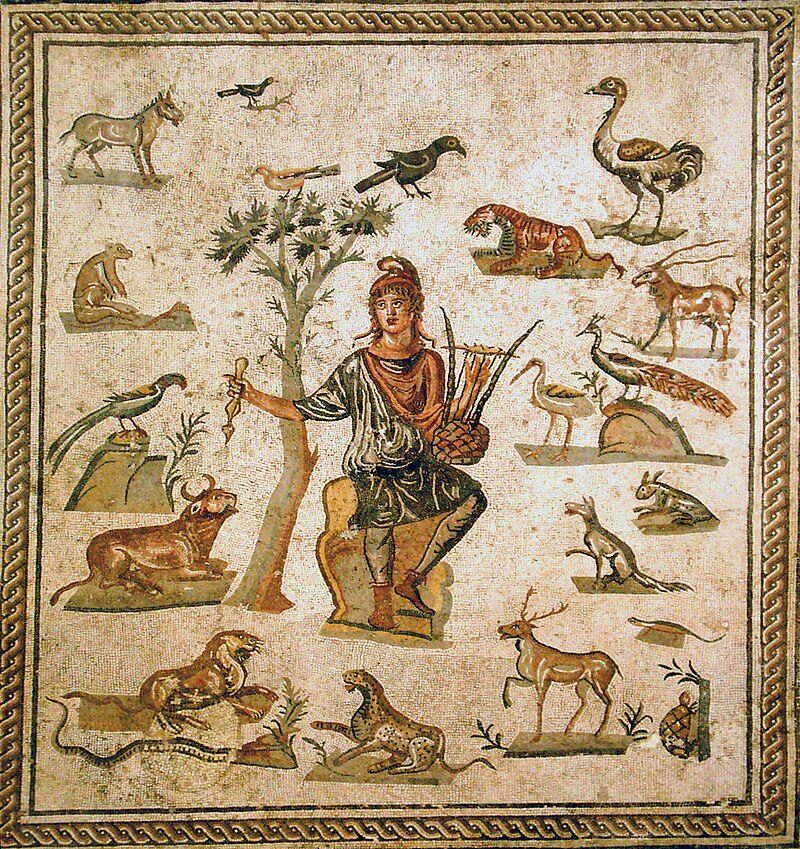



.
'Pole Shift and Solar Disaster | Which Area is Hit Hardest?' [Link]